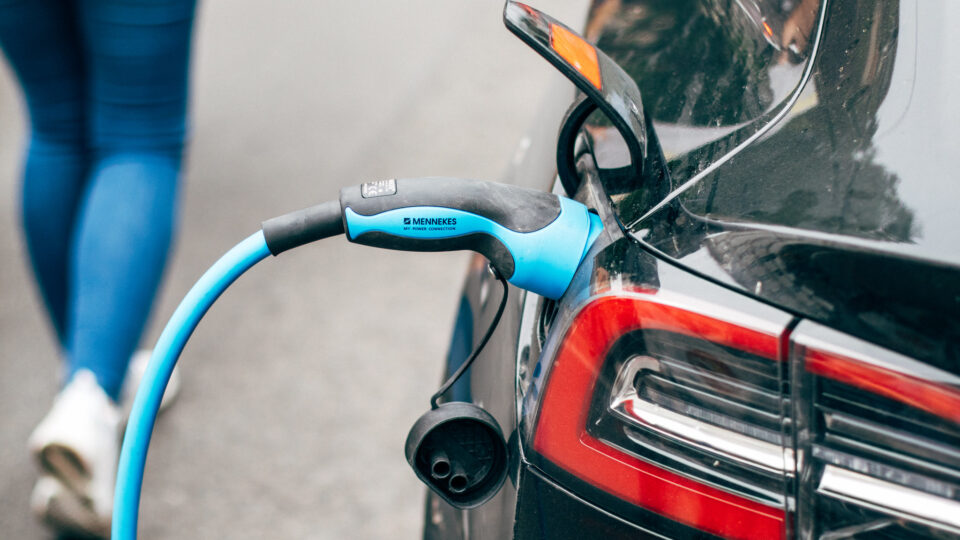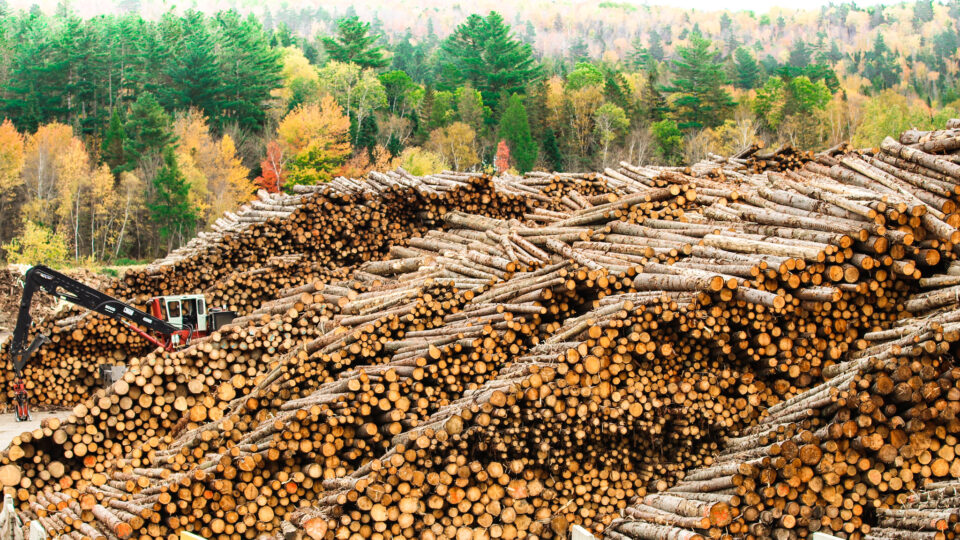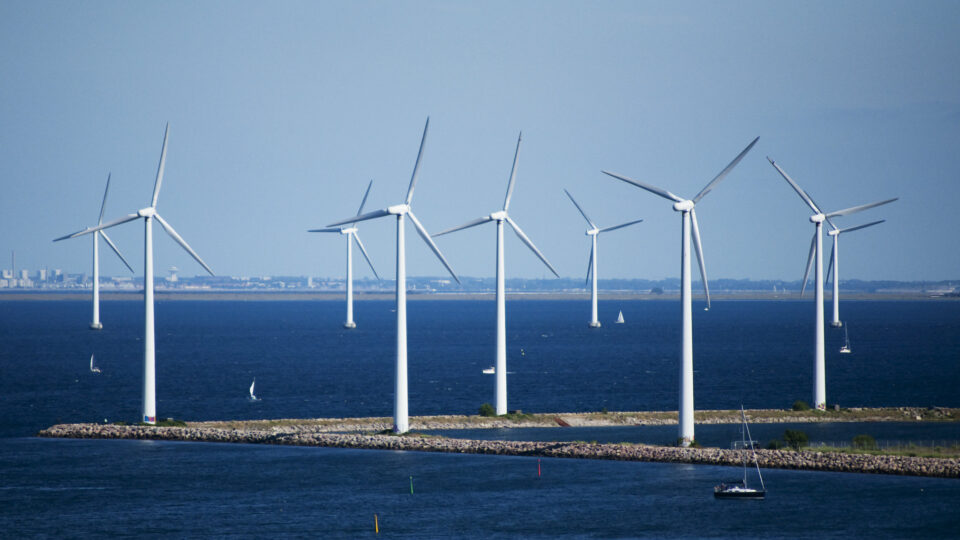In late October, New York announced its largest state investment in renewable energy to date that includes three offshore wind projects, and 22 land-based clean energy projects totaling more than 6 GW of power generation.
The portfolio of projects is expected to create approximately 8,300 jobs and spur $20 billion in economic investments statewide.
The projects support the state’s goal to have 70% of its electricity come from renewable sources by 2030 and to have 9 GW of offshore wind operating by 2035. The announcement represents the first set of actions taken by the State as part of New York’s 10-Point Action Plan.
The three offshore wind projects include Attentive Energy One, a 1.4 GW project that seeks to retire fossil fuel power generation in New York City. Community Offshore Wind, a 1.3 GW project will make use of a new grid interconnection in downtown Brooklyn. Excelsior Wind, another 1.3 GW project, will provide robust energy deliverability to Long Island.
Apart from the offshore wind projects, there will be 14 new solar projects, six wind upgrading projects, one new wind project, and one return-to-service hydroelectric project.
The average bill impact for customers over the life of the land-based projects is estimated to be approximately 0.31%, or about 32 cents a month for the average customer. The bill impact for customers utilizing the offshore wind projects is estimated to be about 2.7%, or $2.93 per month.
*********
Web Links
NY to invest in 3 offshore wind farms, 22 land-based renewable projects
Photo, posted October 21, 2016, courtesy of B Sarangi via Flickr.
XXXXXXXXXXXXXXX






